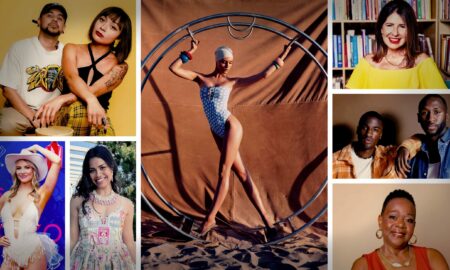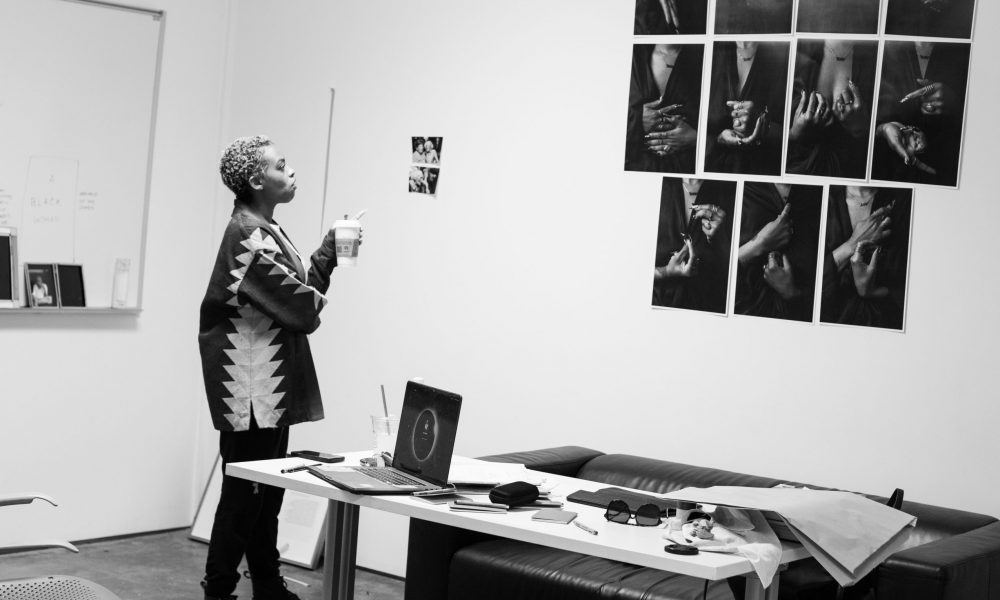

Today we’d like to introduce you to Ricky Weaver.
Hi Ricky, can you start by introducing yourself? We’d love to learn more about how you got to where you are today?
My dad is an archivist and My mother is an alchemist. I can recall vague memories of my Dad having a makeshift darkroom in the bathroom and cases of photos, crates of records, and shoe boxes of cassettes; all organized in an orderly fashion. My mother was always making something out of nothing and her favorite thing to do was “pull something together” in the kitchen. When I look into my formative years I feel like I was born into this work and I have always believed that this work is important. I kept a sketchbook on me 24/7. I couldn’t wait to get the film developed from disposable cameras and I always kept the negatives. I grew up wanting to be an artist but I was told: “that was not a career”. So I went to Eastern Michigan University to study journalism because the writing was just as fulfilling as drawing to me. That journey was short-lived as I despised the structure of journalism and I ended up in the Fine Art department concentrating on figure drawing.
In the Winter of 2011, I took a photography class with Jason DeMarte. He showed me the work of Shirin Neshat, Lorna Simpson, and Carrie Mae Weems There was something that these artists were doing that married all my interest in a very immediate and accessible way. When I looked at the Weems Kitchen table series the work spoke to me on many levels. I felt like this artist had considered me when this work was made. It became really important for me to always make sure my work was accessible in this way. I purchased my first digital camera and never looked back.
A year before this, I had given birth to my first daughter(Kylie Lopez). I was 19 years old when this tiny being shifted my whole life. The way I understood being a mother required sacrifice. With my new responsibilities, my work shifted dramatically. The amount of time I could dedicate to making work with a baby attached to my hip also influenced the way I thought about my practice. The camera attended to a particular urgency to produce work that didn’t have the same requisites I imagined my figure drawing practice to have. Photography became my primary medium and I graduated in with a BFA in Photography in May of 2014.
A year later I would go on to start an MA program at the same institution eight days after giving birth to my second child (Karter Lopez). I chose to go back to EMU because it was convenient and it felt like home. Morgan Barrie, friend, Professor, and Advisor encouraged me to apply to Cranbrook Academy of Art where there would be new voices and new eyes on my work. I turned in my application at 11:59 pm on the day of the deadline. To make a long story short, I was destined to be there at that time with those people. I gave birth youngest child A month after the program began. I was so grateful to be at an institution that made space for my life as a mom and an artist. I’m also really grateful to have worked with Liz Cohen and Danielle Dean. They shaped the way I understand my work today.
After receiving my MFA from Cranbrook in 2018, it’s like the ball kept rolling. I started teaching at Wayne State University in the photo department and since then I’ve taught at other surrounding institutions like the University of Michigan, Washtenaw Community College, and my Almamater, Eastern Michigan University. I’ve participated in exhibitions and fellowships with some incredible artists. I’m here in LA teaching at Art Center College for Art and Design as a part of the Association of Independent Colleges of Art Design (AICAD) Post Graduate Fellowship. I’ve been able to develop my curriculum and pedagogy in some radical ways and I’m looking forward to building more relationships in the greater Los Angeles area.
We all face challenges, but looking back would you describe it as a relatively smooth road?
The struggle has been real but it has been worth it. The art industrial complex is not designed for parents, specifically mothers because it is not designed for women or people of color. So yes, I’ve had some challenges that have to do with accessibility and infrastructure along with some personal trials and tribulations. I also had a village including my friends, family, and ancestors that supported this journey and a vision to go with it. When you know that God created you for something, nothing can keep you from it.
What would you say have been one of the most important lessons you’ve learned?
“Everything is ritual.” This is a really simple and ancient way of thinking about life that requires us to consider our impact as it affects not only ourselves but everything around us.
Contact Info:
- Website: www.rickyweaver.com
- Instagram: https://www.instagram.com/img.weaver/
- Other: https://www.artsy.net/artist/ricky-weaver/works-for-sale
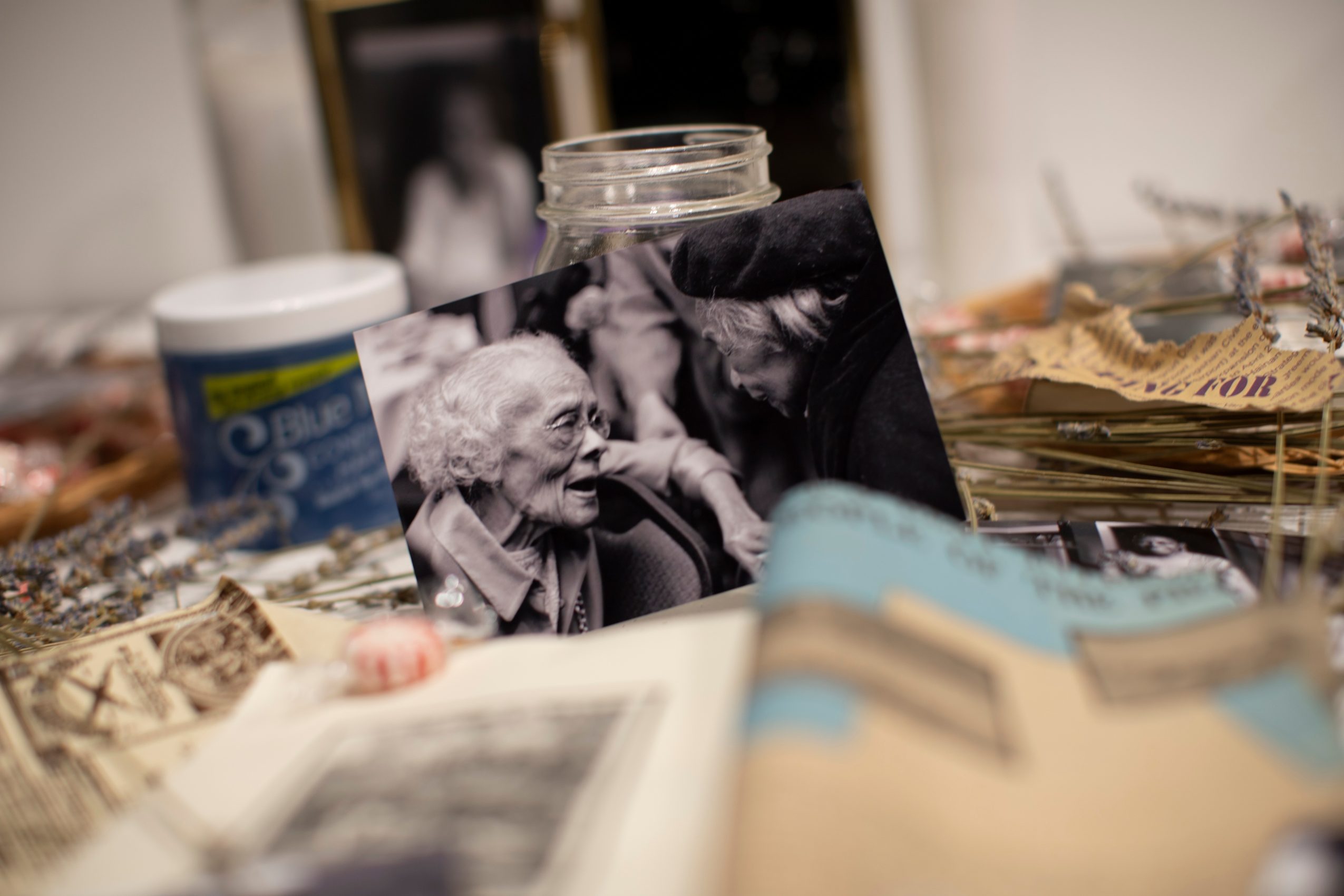
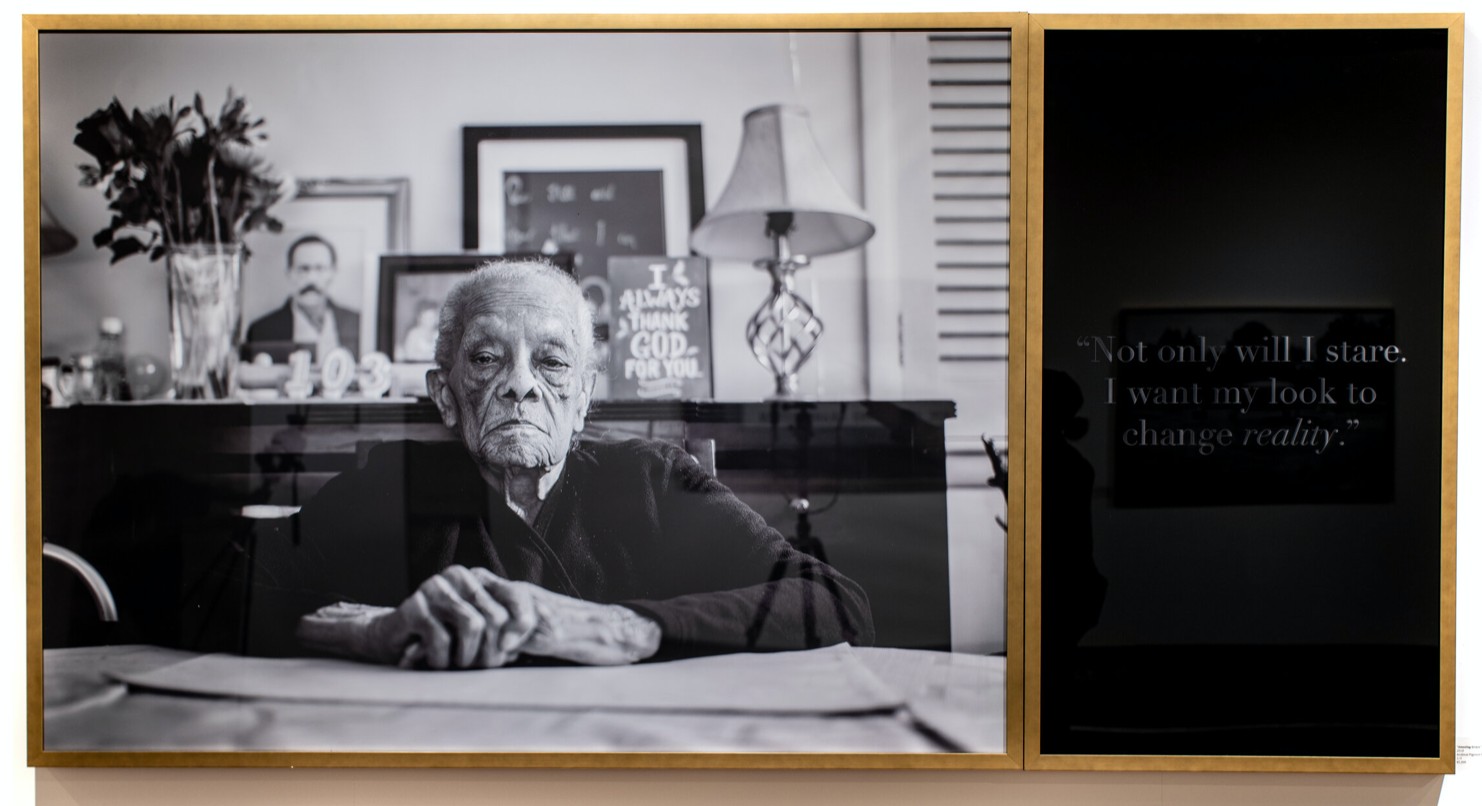
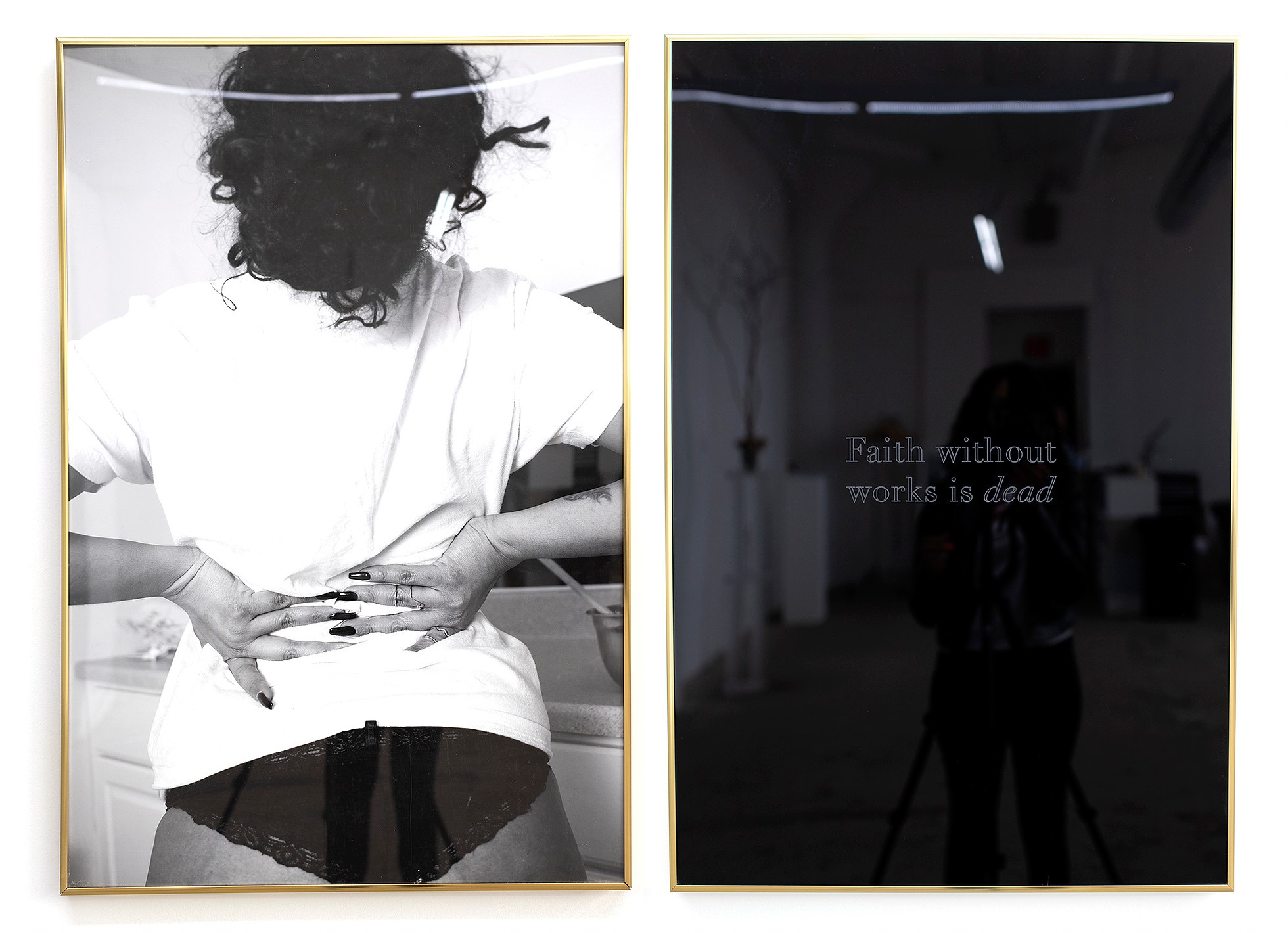
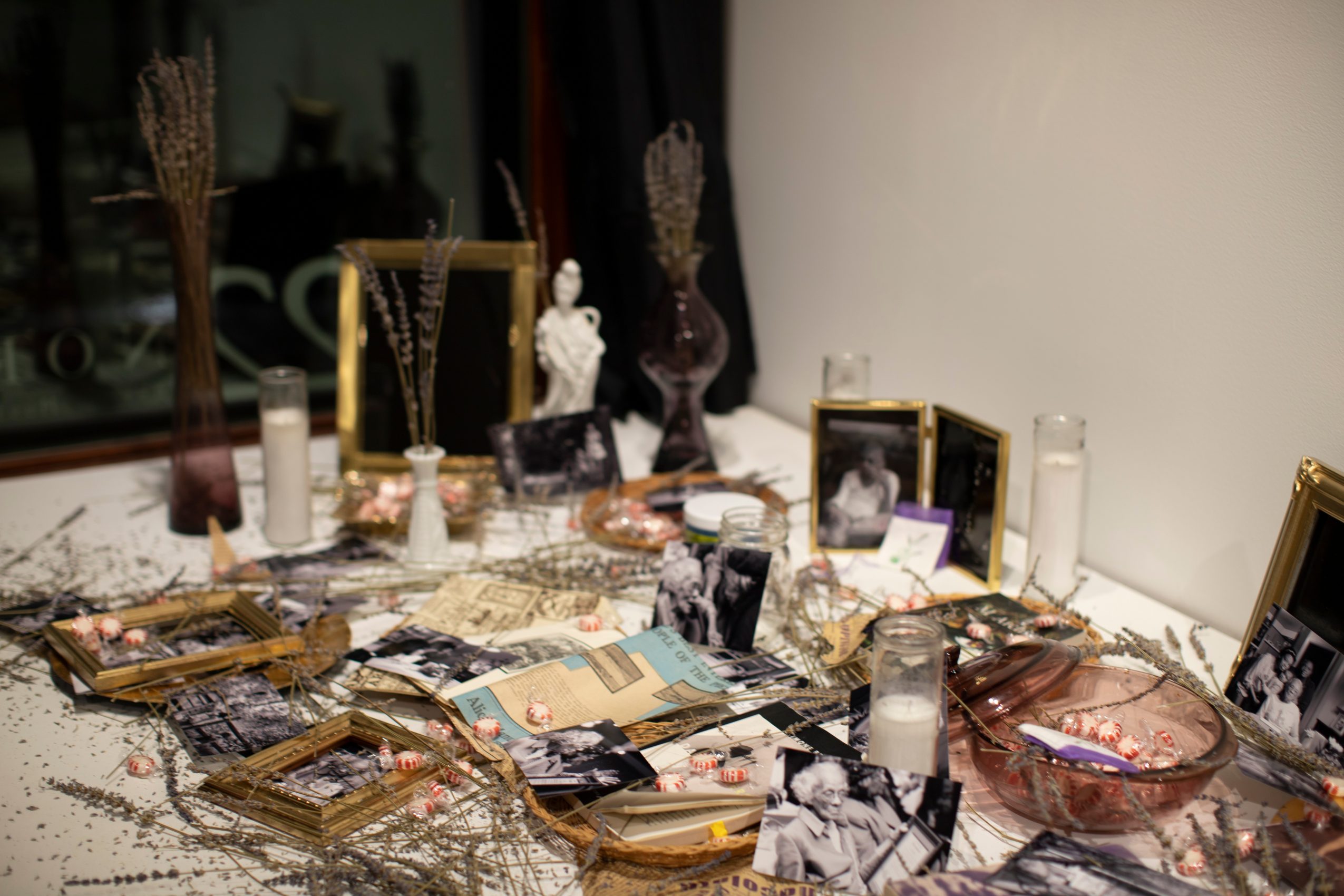
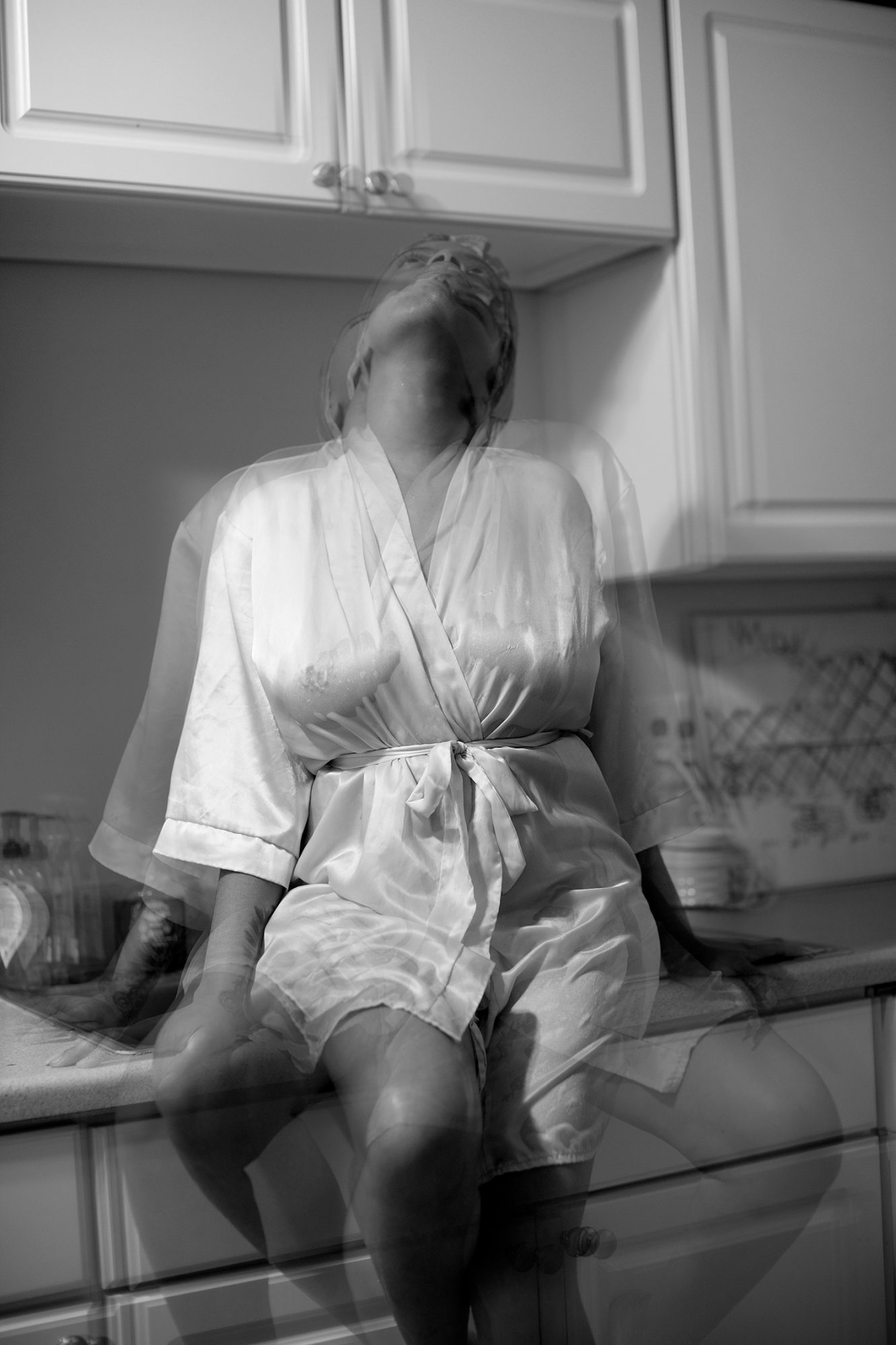
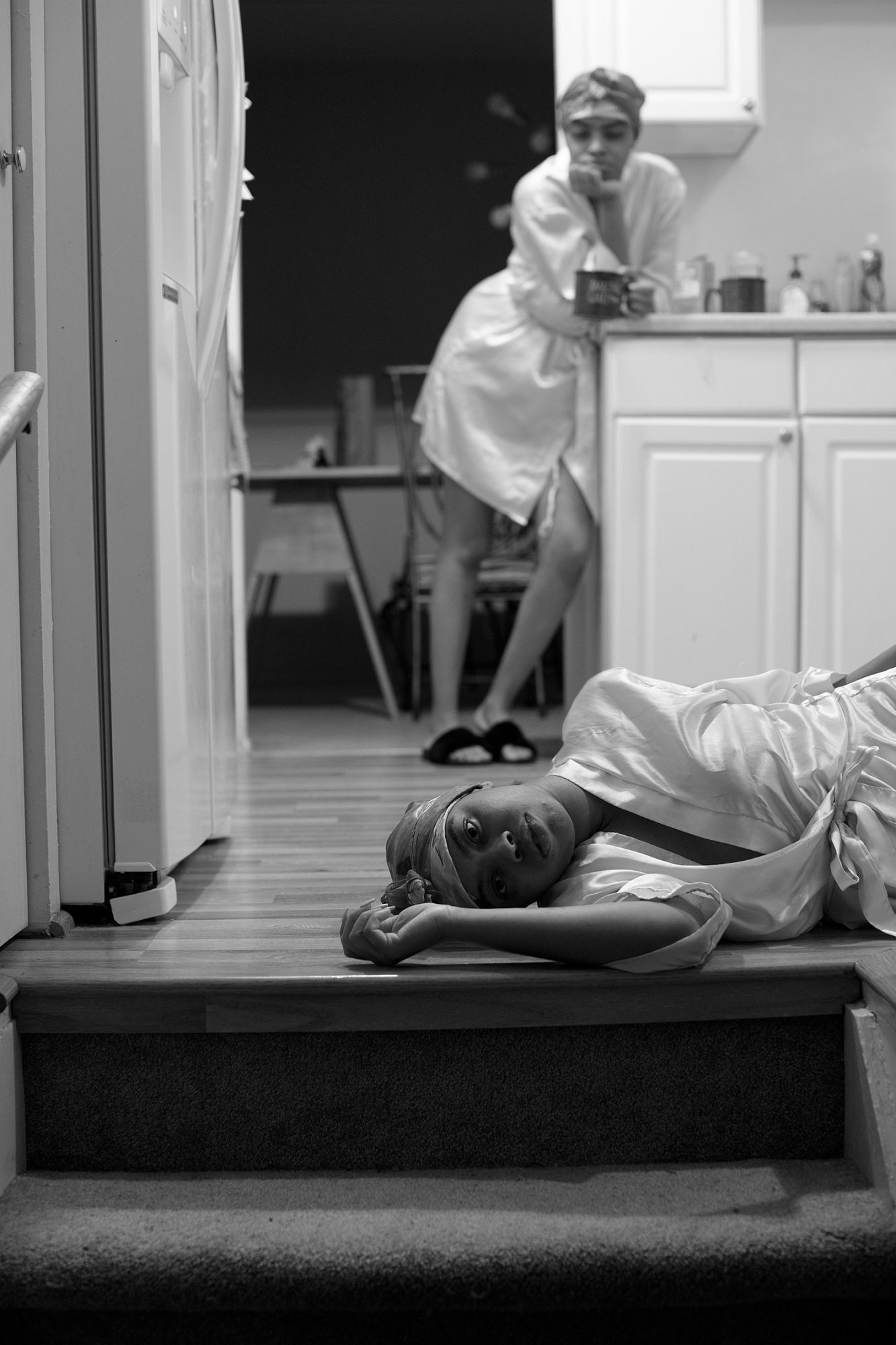
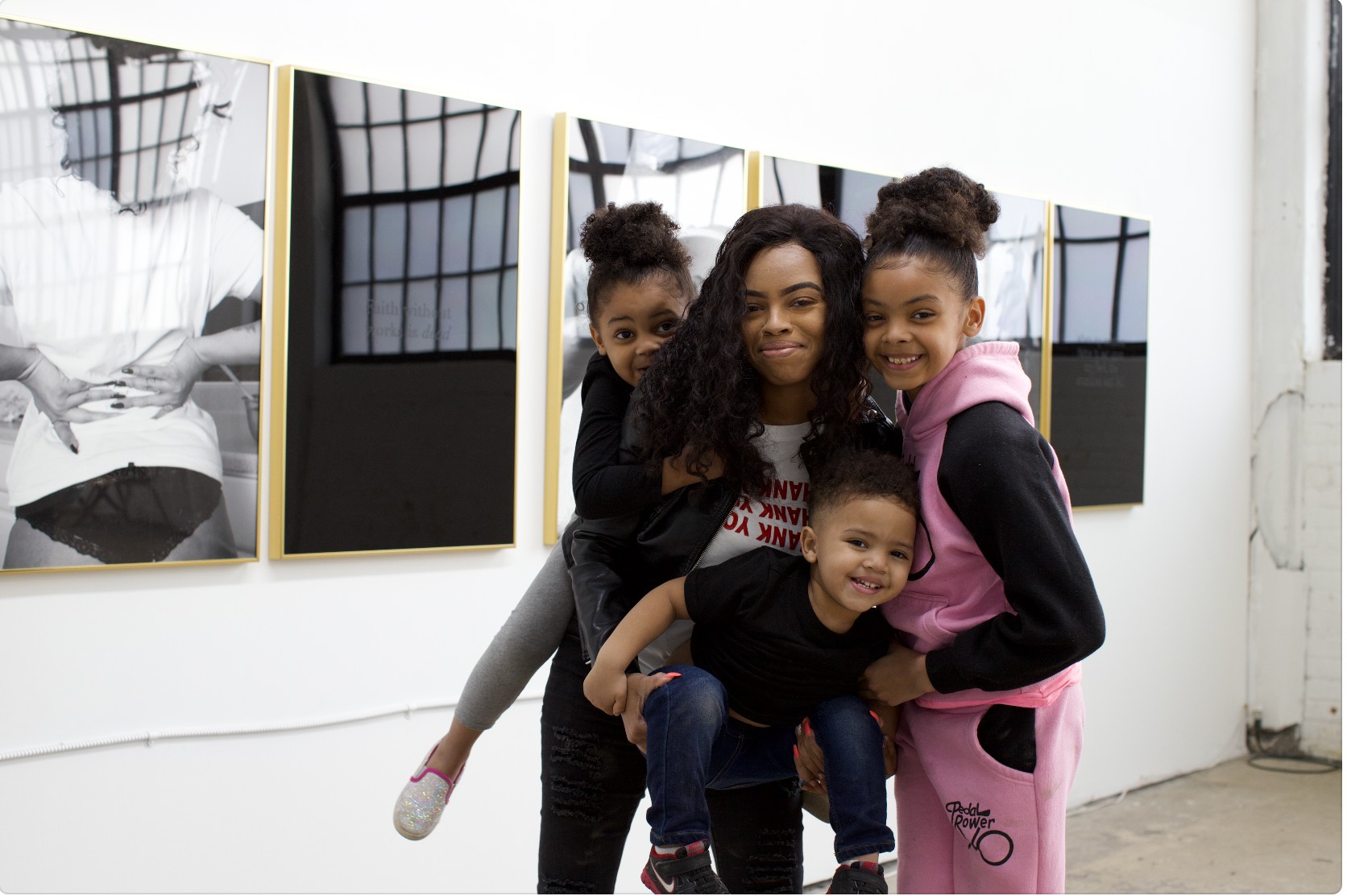 Image Credits
Image Credits
The last image is Ray Chang

